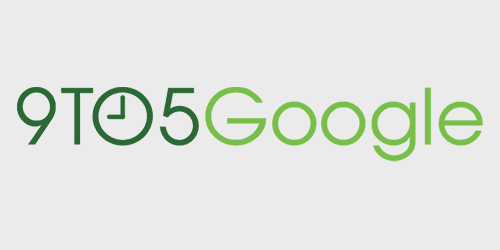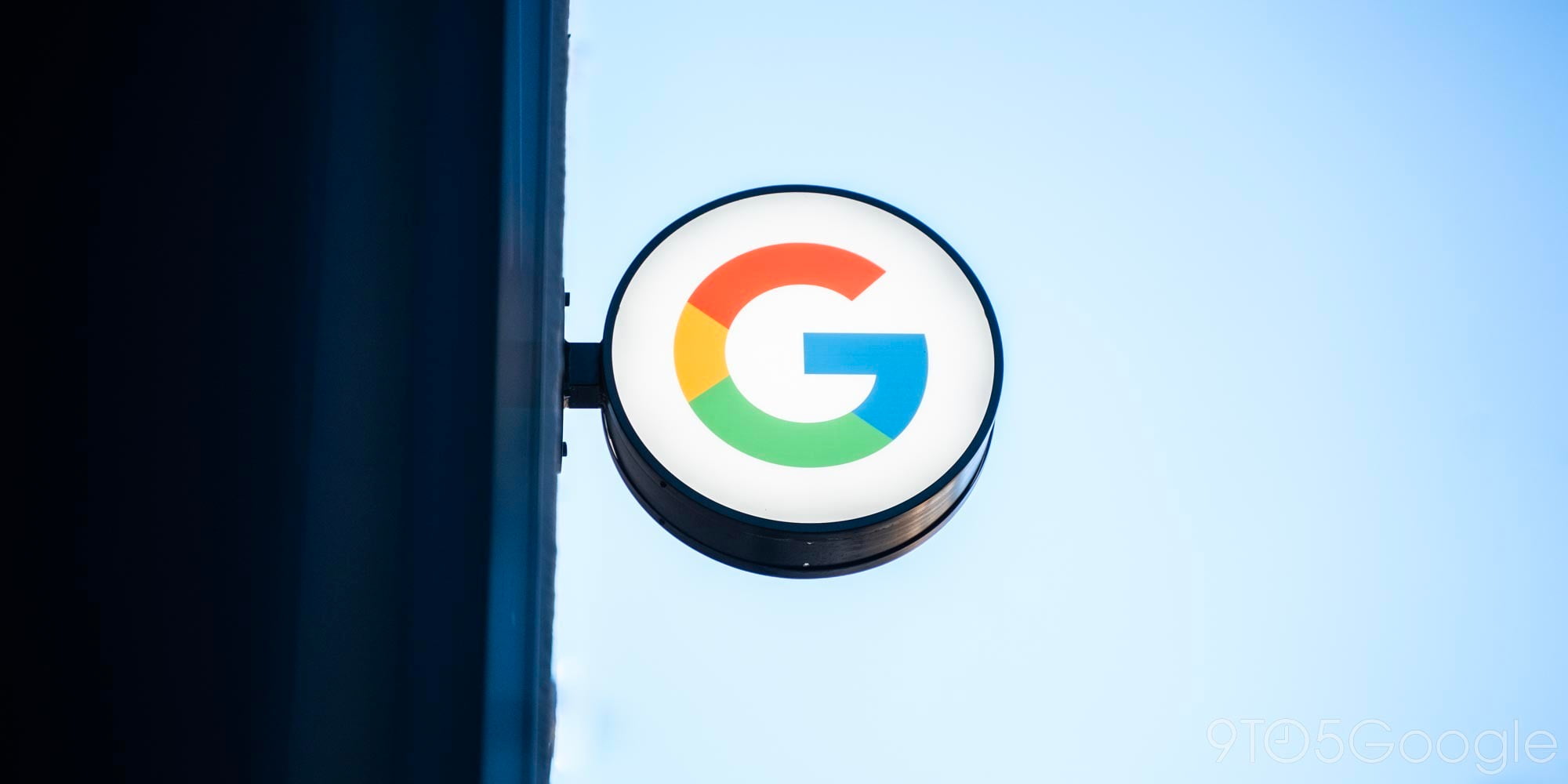
A job listing spotted by TechCrunch suggests that Google-owned Motorola Mobility is stepping up its work on wearable computing, seeking a senior director of industrial design for wearables.
Motorola is no stranger to wearable devices, with eyewear dating back to Windows CE. A fitness-orientated smartwatch called MotoActv (above) launched last year got good reviews but had limited commercial success, likely because low-key marketing meant many didn’t even know it existed. It was essentially a full-on Android device on the wrist, with Bluetooth connectivity to a smartphone and ANT+ communication with fitness sensors like heart-rate monitors and bicycle cadence meters.
Motorola Solutions also has the HC1, a kind of cyborg-styled Google Glass equivalent aimed at the enterprise and public service sector. For police applications, Motorola suggested that the device could be equipped with both facial-recognition software and automated license plate recognition, displaying any reports on both vehicle and owner.

Given that the same functionality would be possible in the much less obtrusive package of Glass, it will be interesting to see whether that particular project survives – and, indeed, how Google sees the role of Motorola more generally in the wearables arena.


